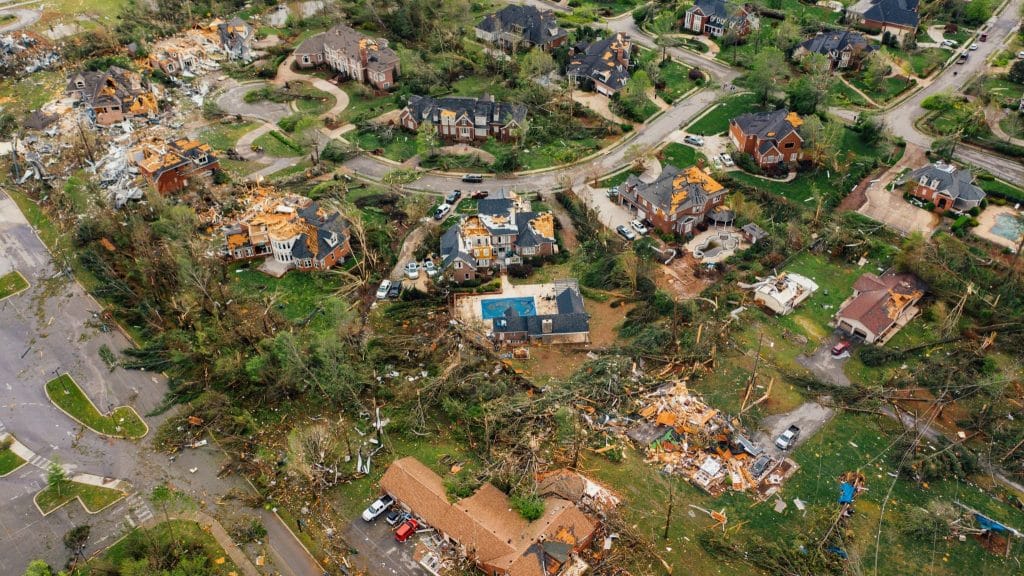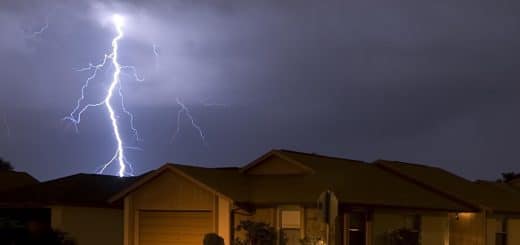Restoring Your House After a Hurricane
Hurricane season officially starts in June each year. But, if you live in an area that is commonly affected by the dangers of the season, it’s best to start prepping sooner rather than later. Hurricane season has been starting earlier for the last six years, and it’s a trend that’s likely to continue.
If you live in a hurricane hot spot, you probably already know the basics of preparing your home as much as possible. But are you doing everything you can to keep your house safe from extreme damage?
More importantly, do you know what you can do to restore your house if it does get damaged by a powerful hurricane?
Whether you’re new to a high-risk location or you’re looking for better ways to keep your home protected from this natural disaster, you should always be prepared before and after a hurricane.
With that in mind, let’s look at a few ways to protect your house and restore it after a hurricane hits.
Preparing Your Property Ahead of Time
When you live in hurricane alley, there are a few basic preparednessPreparedness is the state of being ready to respond to emerg... More tips you should know. Thankfully, most of the steps you can take are very easy and they can make a big difference. Some of the easiest ways to prepare your property include:
- Closing and locking your windows
- Resealing doors and windows
- Upgrading to impact-resistant windows
- Making sure your roof trusses have enough bracing
- Securing deck and porch posts
- Cleaning your gutters
- Installing a sump pumpA sump pump is a pump installed in a basement or crawlspace ... More
Don’t forget to prepare the outside of your home, too! If you have trees surrounding your property, consider trimming back the branches so they are greater than 10 feet from your house. If the wind starts to break nearby trees and branches, it’s less likely that they’ll crash into your house and cause damage to your windows or roof.
Everyone has their own way of doing things when a hurricane is about to hit. Some people invest a lot of money in things like impact-resistant doors and waterproof storage bins for their belongings. Others cover the basics and prepare themselves for dealing with damage later.
Whether you’re staying in your home or evacuating to a safer location, make sure to do whatever you can to prepare your property ahead of time. Even a few small adjustments can help to improve your home’s structureStructure refers to the framework or components of a buildin... More against powerful wind and rain, so everything (and everyone) inside will remain as safe as possible.
What to Expect When You Return
Some people choose not to evacuate during a powerful hurricane. But it’s usually recommended you keep yourself and your family safe. Unfortunately, that can make returning to your home harder to bear once the storm has passed.
In some cases, you simply might not have a home to come back to. While no one wants to think about that, you can take comfort knowing that you weren’t actually in the house when it was destroyed.
Thankfully, more often than not, a bad storm just causes some damage rather than completely destroying a property.
It’s still important to brace yourself for the worst and prepare yourself mentally. When you first arrive, there are a few things you should do to get things back on track, including:
- Assessing the damage to your property, including any hazardous conditions
- Documenting the condition
- Making an insurance claim
- Contacting your utility company
- Reaching out for help with different organizations
You might find yourself displaced for a while. But, even if you can move back into your home, don’t make assumptions about its condition. Water quality might still be an issue, and it’s highly important to your safety. You might have to rely on bottled or filtered water for a while if the city’s water treatment facilities have been compromised. It can take some time for things to get back to normal, so keeping that in mind before you get back can make it easier to deal with the dire situation.
How to Start Restoring
When it’s safe to do so, you can focus on restoring your home. If it feels like an overwhelming task, focus on the things that need to get done to keep you safe first. For example, if your house experienced water damage from the storm and you’ve started to notice mold, make sure you get a professional inspectionA professional inspection is an evaluation conducted by a tr... More and hire a storm damage restoration professional who can take care of the water damage and moldMold is a type of fungus that grows in damp or humid conditi... More. MoldMold is a type of fungus that grows in damp or humid conditi... More can lurk behind drywall, beneath floors, and in attics and basements. Having someone who knows what to look for come in can offer you peace of mind.
In addition to getting rid of hazards in the air, your first step in restorationRestoration is the process of returning a property to its pr... More should be to air out your home as much as possible. Get rid of damaged furniture and other belongings, set up large fans in each room, and get things dry.
While your home’s interior is dryingDrying is the process of removing moisture from materials, s... More out, you can focus on cleaning up your yard. Hurricanes can cause a devastating amount of exterior damage, including:
- Broken branches
- Fallen trees
- Debris from your home/other homes
- Yard waste
- Garbage
Cleaning up your yard can feel like a positive start and something that can typically be done in a day or two. It can give you the motivation you need to tackle the rest of your house.
The restorationRestoration is the process of returning a property to its pr... More process after a hurricane is different for everyone. It depends on what was damaged in your home and what you consider a priority. For some people, a fresh coat of paint and a few new purchases can fix things up. For others, you might need to rebuild certain areas of your house or renovate spots that have been severely damaged.
Some of your renovation decisions may be based on your financial situation. Surviving an unexpected financial hardship isn’t easy. If you don’t want to take out a loan, consider asking friends or family for help. Or seek local funding through nonprofit organizations.
Whatever the case, make safety your top concern. If you live in an area that frequently gets hurricanes, protecting your property before, during, and after will help to ensure your family’s well-being even in the strongest of storms.













